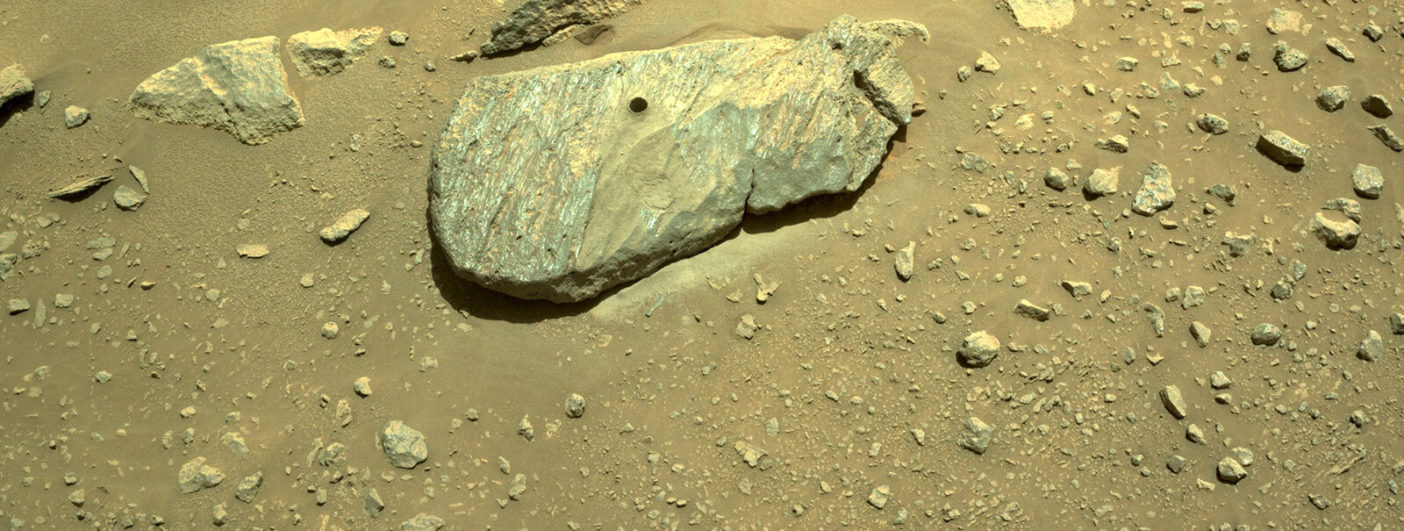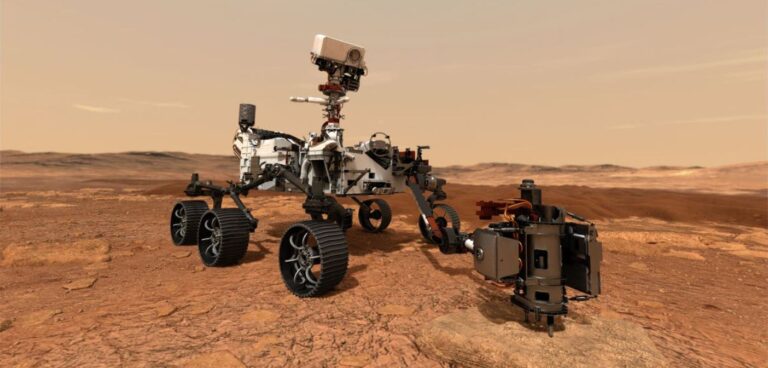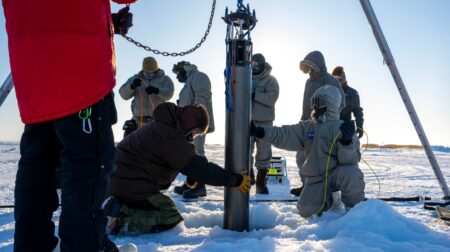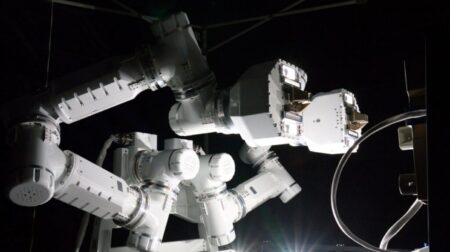The NASA Perseverance rover has successfully collected a sample from a rock on the Red Planet for the first time.
Perseverance landed in Jezero Crater in February, and the rover team kicked off the science phase of its mission this June. The rover made a first attempt to collect a sample in early August, but the rock crumbled during the process of drilling and coring.
For its second attempt, the rover drove to a different location, where the team selected a rock that the the Perseverance team nicknamed “Rochette.” The sample collection process began on 01 September, and Rochette held up better, according to the team.
Over the past week, scientists have been using Perseverance’s instruments to analyse the rock from which the sample was taken. The sample itself would be examined back on Earth in ways that are not possible on the Martian surface, including with instruments far too large to take to Mars.

Subsequent NASA missions, in cooperation with the European Space Agency (ESA), will send spacecraft to Mars to collect Perseverance’s sealed samples from the surface and bring them to Earth for in-depth analysis.
A key objective for Perseverance’s mission on Mars is astrobiology, including the search for signs of ancient microbial life. The rover will characterise the planet’s geology and past climate, pave the way for human exploration of the planet, and collect and cache the first samples of Martian rock and regolith.
The Mars 2020 Perseverance mission is part of NASA’s Moon to Mars exploration approach, which includes Artemis missions to the Moon that will help prepare for human exploration of the Red Planet.
Read more: NASA’s Perseverance rover extracts breathable oxygen from Mars








